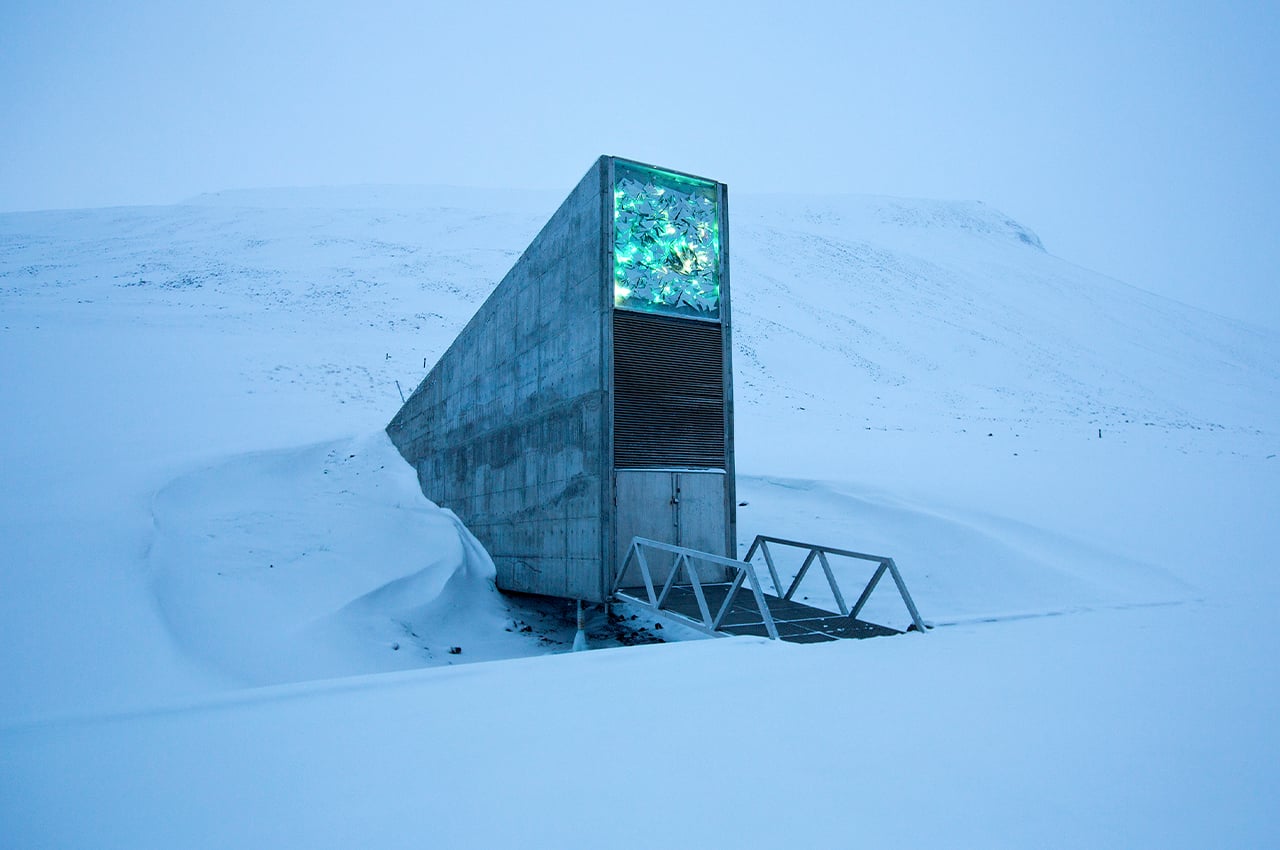The United Nations has issued another stark warning that, under current policies, the planet is falling far short of the Paris Agreement goal of keeping the rise in global temperatures below 1.5 degrees Celsius. That's the threshold scientists say we have to remain under in order to mitigate extreme, life-threatening weather events, such as heatwaves, droughts and tropical storms. Under current policies, the UN suggests we're nowhere close to meeting that climate change target and that there's "no credible pathway to 1.5C in place."
The UN laid out the dire state of affairs in a report it released just a week before the start of the COP27 climate conference in Egypt. It said that pledges made by national policy makers since COP26, which was held in Glasgow last year, "make a negligible difference to predicted 2030 emissions" and that progress over the last 12 months has been "highly inadequate." In fact, the report suggests that current active policies will lead to a 2.8C rise in global temperatures by the end of the 21st century and that implementing pledges that have been made will only limit the rise to between 2.4C and 2.6C. Even that would require perfect implementation of plans, with wealthier countries helping poorer ones to enact them.
"In the best case scenario, full implementation of conditional NDCs [nationally determined contributions], plus additional net zero commitments, point to a 1.8C rise," Inger Andersen, executive director of the United Nations Environment Programme, said. "However, this scenario is currently not credible."
The 13th edition of the Emissions Gap Report argues that major societal and infrastructure changes are required. It lays out the necessary actions for sectors including electricity supply, industry, transport and buildings, along with the food and financial systems. The report notes that, in order to get on course to meet the 1.5C goal, we'd need to reduce greenhouse gas emissions by a further 45 percent by 2030, compared with projections based on current policies. To limit the rise in temperatures to under 2C, an extra 30 percent reduction in emissions is required.
"Is it a tall order to transform our systems in just eight years? Yes. Can we reduce greenhouse gas emissions by so much in that timeframe? Perhaps not. But we must try," Andersen wrote. "Every fraction of a degree matters: to vulnerable communities, to species and ecosystems, and to every one of us."








